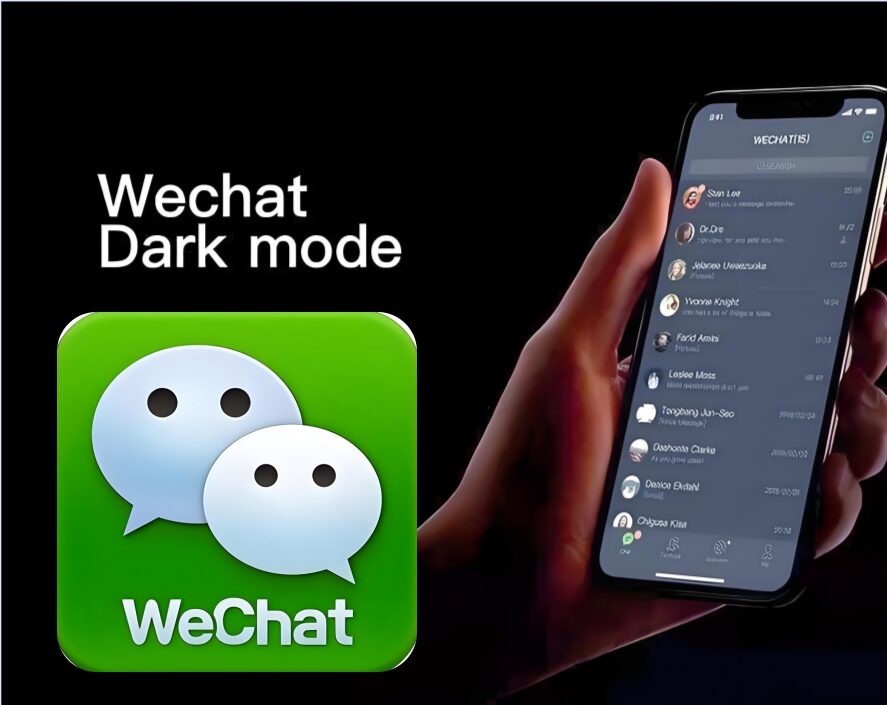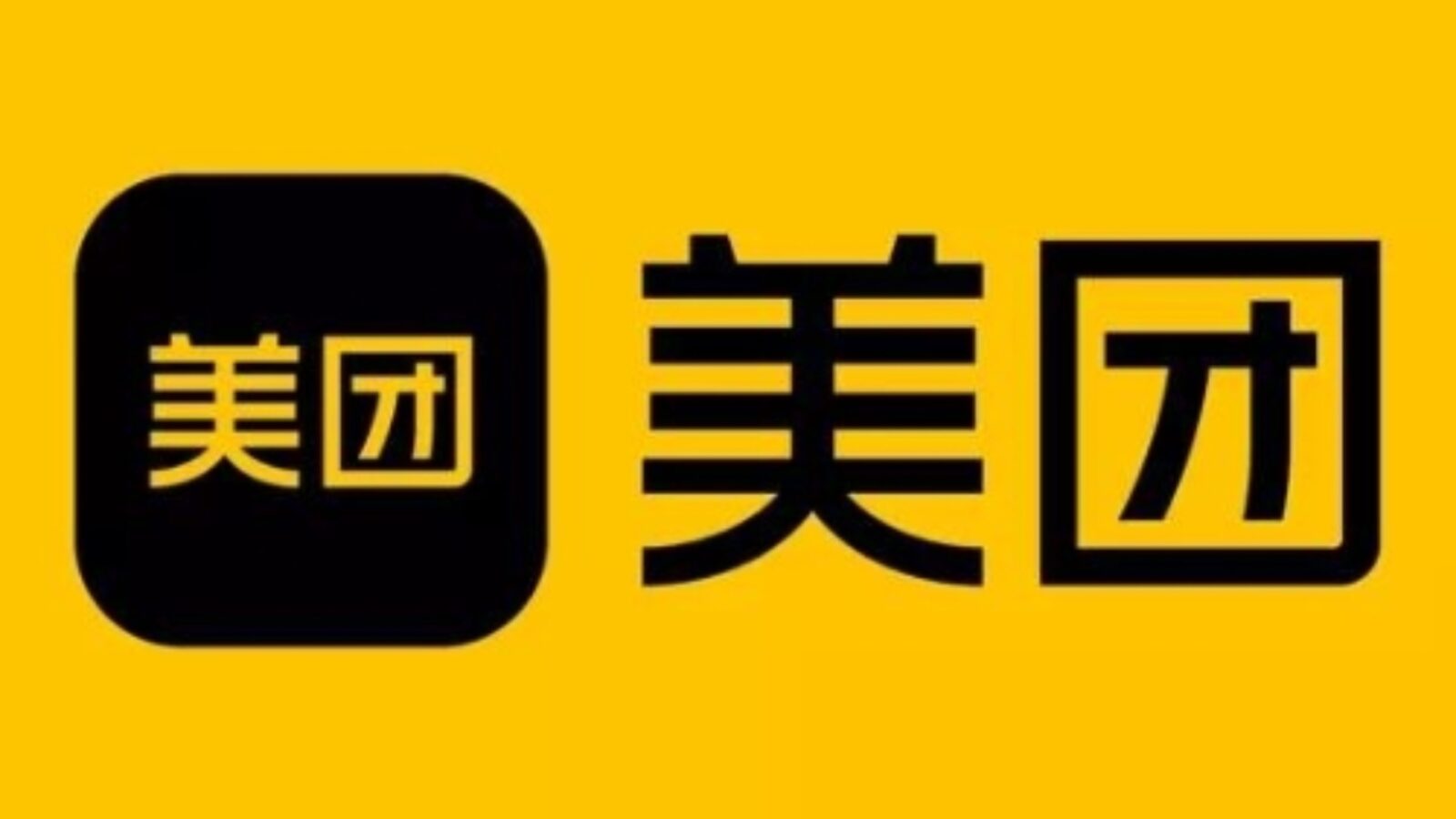It’s not just that people in China don’t use cash anymore—it’s that most shops won’t even take it. Credit cards? Often ignored. What you’ll see instead, from a hole-in-the-wall noodle stand to a luxury mall in Beijing, are two things: Alipay and WeChat Pay. Locals flash their phones. Tourists? They freeze—unless they’ve figured out which app to download. In the alipay vs wechat pay debate, the answer isn’t simple, but getting it wrong could leave you stuck at checkout.
For first-time travelers, Alipay is usually the better entry point. But if you’re staying longer, WeChat becomes the one you can’t live without.

WeChat Pay vs Alipay
Alipay and WeChat Pay Origins Comparison
The story of Alipay vs WeChat Pay starts with two very different roots. Alipay came from Alibaba—yes, the same giant behind Taobao and Tmall. It began as a way to make online shopping feel safer and grew into a full financial ecosystem. Today, it’s like a mix of PayPal, your bank app, and maybe even a budgeting tool.
WeChat Pay, on the other hand, didn’t start with money. It grew inside WeChat, China’s mega-messaging app. People were already chatting, sending photos, sharing memes. Adding payments? That was just one more thing. Now, you can split bills, send red envelopes, or pay a taxi—all without leaving the chat.
So when visitors compare alipay vs wechat pay, they’re not just picking an app—they’re stepping into two very different digital worlds. One leans financial, the other social. Both are everywhere. But how they feel to use? That’s where things really start to differ.
Planning your trip and need a crash course on Alipay? Don’t miss What’s Alipay? Everything You Need to Know 2025
Alipay and WeChat Pay Pros and Cons Comparison

Download WeChat
Alipay Pros and Cons
Let’s be real—Alipay makes a great first impression. The layout feels clean, especially in the international version, and it speaks your language, literally. English menus, clear instructions, and even a chatbot that doesn’t just spit out nonsense. That helps. Especially when you’re standing in line at a train station trying to figure out how to scan a gate.
The Tour Pass feature also lowers the entry barrier. You don’t have to fiddle with Chinese banking rules or explain your foreign credit card to an app that wasn’t made for it. Just load it up and go. You’ll spot Alipay logos in chain cafés like Luckin Coffee, in airport vending machines, and even on public transport ticket kiosks.
But it’s not all smooth. In smaller, more casual places, like a corner noodle shop or late-night BBQ stand, some vendors still default to WeChat, even though Alipay works just fine in cities like Guilin or Chengdu. You might hear “Scan my WeChat,” even when the Alipay code is taped right there. And that 5% top-up fee on Tour Pass? It stings after a few uses. Between alipay vs wechat pay, this one’s easier to set up—but not always the one that locals are expecting.
WeChat Pay Pros and Cons
WeChat Pay isn’t just a payment app—it’s built into the life people live here. That’s its power and its pain point. Once your wallet is activated (which, yeah, might take longer than expected), you’ll see why locals barely reach for anything else. The offline QR feature especially comes in clutch when your SIM card loses signal somewhere in a subway tunnel.
And unlike Alipay, WeChat just blends into what you’re already doing. You’re chatting? Great—send money. You’re in a group dinner? There’s a button to split the bill. You’re booking a cab through Didi? It just auto-deducts. Everything is linked, frictionless—when it works.
The problem? It’s less friendly to outsiders. Most of the mini-programs are in Chinese. Some wallet features are buried under strange menus. And if you haven’t updated your region settings or verified everything just right, parts of it might just… not show up. That’s the tricky part in the alipay vs wechat pay debate: WeChat feels more native—but that’s also what makes it a bit harder to break into.
Alipay and WeChat Setup Process Comparison
Alipay Setup with Foreign Cards
Setting up Alipay doesn’t feel that foreign-friendly at first, but surprisingly—it works. You don’t need a Chinese phone number or a bank account here. Just download the app, switch to the International version, and head to the “Tour Pass” section. That’s where things begin to click.
Tour Pass is basically a 90-day prepaid wallet, backed by Bank of Shanghai. You can top it up with your Visa or Mastercard, and the process usually takes just a few minutes—though, depending on your card, it might throw a verification hiccup. Once set, you’ll be asked to create a 6-digit payment password (don’t forget it, trust me).
There’s a limit of ¥10,000, and they take about 5% as a top-up fee, so it’s not cheap. But if you just want to get through metro gates or pay for noodles without drama, it’s a lifesaver. Between alipay vs wechat pay, this one gives you a quicker start—at least for most tourists.
Want to know how to actually use Alipay once it’s set up? You should really check out this full guide before you find yourself fumbling at checkout.
WeChat Pay Setup for Travelers
WeChat Pay is a different beast. First, you need to create a WeChat account, which requires a mobile number (foreign ones usually work). Once you’re in, don’t expect the wallet to show up right away. If you’re using an international card, the system may take hours—sometimes a full day—to activate your wallet after linking.
Also, the wallet tab? It’s hidden behind “Me” > “Services” > “Wallet”, and some iPhone users have reported not seeing it at all until they update the region setting to “Mainland China.” That part throws people off.
When it finally works, WeChat is incredibly powerful—you can split dinner bills or call a Didi within chat. But unlike Alipay, there’s no Tour Pass shortcut. It either works… or it doesn’t. That’s the catch in the alipay vs wechat pay setup journey—WeChat’s great if you get it running, but frustrating if you don’t.
Still unsure how WeChat Pay actually works in daily life? Don’t worry—this step-by-step tutorial might be exactly what you need.
Which App to Choose in 2025

Alipay
Alipay: Best Choice for First-Time Travelers in China
If you just landed in China—or even if you’re still in the airport staring at the Wi-Fi login screen—Alipay is the safer bet to get started. The setup is cleaner. The app speaks English from the beginning. And if you’re using Visa or Mastercard, there’s no extra trickery—just scan your passport, load the Tour Pass, and you’re good to go.
In places like high-speed train stations, big malls, chain coffee shops, you’ll often see both QR codes. But Alipay usually responds faster and feels more intuitive. Some travelers even said they could complete payments before their friend on WeChat finished scanning. Maybe it’s smoother API integration? Who knows. It just... works.
So if you’re nervous, or just don’t want to mess around with hidden menus and language toggles, start with Alipay. Between alipay vs wechat pay, this one gets you through your first few days with less confusion. It won’t cover everything, but it’ll cover enough to let you breathe.
WeChat: The Social Backbone for Long-Term Living in China
But here’s the twist—Alipay might get you started, but WeChat Pay will sneak into your routine the moment you stay a bit longer. Once your wallet activates (it might take hours, or a friendly clerk at a convenience store showing you how), everything from split bills to buying steamed buns feels native.
People in China live on WeChat. They book doctors, pay rent, order groceries, send voice notes, and yeah—pay for literally everything. So here’s the deal. Alipay is your onboarding tool, your survival kit.
Wondering which app works better for your China trip, Alipay or PayPal? Read Alipay vs PayPal: A Traveler’s Guide to Payments in China
Frequently Asked Questions (FAQs)
Q: Can I use Alipay or WeChat Pay for booking train tickets or attractions in China?
Yes, you usually can—especially with Alipay, which connects directly to China's official train booking system 12306. It also works with travel platforms like Ctrip and Fliggy, where you can buy attraction tickets, museum passes, and sometimes even SIM cards. That said, some mini-programs inside WeChat might be all-Chinese, and you’ll need to navigate through without English help.
For foreign cards, Alipay is more reliable for these types of purchases. Just be sure your Tour Pass has enough balance. Booking apps sometimes reject international cards directly linked through WeChat. If in doubt, look for platforms that offer Alipay QR code payments at checkout—that’s your best bet.
Q: Which app works better for food delivery and ride-hailing as a tourist?
For ride-hailing, WeChat Pay is better because it integrates directly with Didi, China’s version of Uber. If your wallet is active, payment is automatic—no extra setup. For food delivery, apps like Meituan and Ele.me work with both, but Alipay’s integration is usually smoother, especially when using international cards.
That said, both apps require a bit of patience. These services are built for locals, so don’t expect full English UI. You might need to rely on screenshots or even ask hotel staff to help you place an order the first time. But once you’ve figured it out? Super convenient.
Q: What happens if my phone dies—can I still access my Alipay or WeChat Pay account?
Honestly? If your phone dies, you're kind of stuck—there’s no backup QR code you can carry around. Both Alipay and WeChat Pay rely entirely on your device being powered and online. In theory, if you log into another phone with your SIM and credentials, you might get in. But that’s not something you want to try in a rush at a checkout counter.
Pro tip: carry a power bank, and make sure your phone stays charged during travel. Some train stations in China offer USB charging at seats or lounges, but it’s not guaranteed. If your battery runs out mid-trip, you won’t be able to pay, and that can be a real mess—especially with no cash accepted.
Q: Are there limits on how much I can spend daily with Alipay or WeChat as a foreigner?
Yes, there are limits—especially if you're using a Tour Pass in Alipay. The top-up cap is usually ¥10,000, and you can’t go over that within the 90-day period. For WeChat Pay, foreign cards might work with fewer limits once verified, but it depends on your card issuer.
There’s no official hard daily cap like “you can’t spend more than ¥500 a day,” but some users report that large single transactions over ¥3,000 may trigger identity checks or even payment failure. If you're planning to pay for a hotel or flight with these apps, always check ahead—or split it into two payments just in case.
Q: Is it safe to add my foreign credit card to Chinese payment apps?
Generally speaking, yes. Alipay and WeChat Pay are heavily regulated in China, and they use encryption, two-factor verification, and device-level PINs or biometrics. That said, it’s smart to only link cards with limited exposure—like a prepaid Visa or a travel-specific credit card.
You won’t be charged unless you make a payment, and you’ll usually get a real-time notification from your bank. Also, if anything looks off, both apps let you freeze your account instantly. Still, don’t store your life savings there, and maybe keep a little backup cash or a second payment option just in case.


